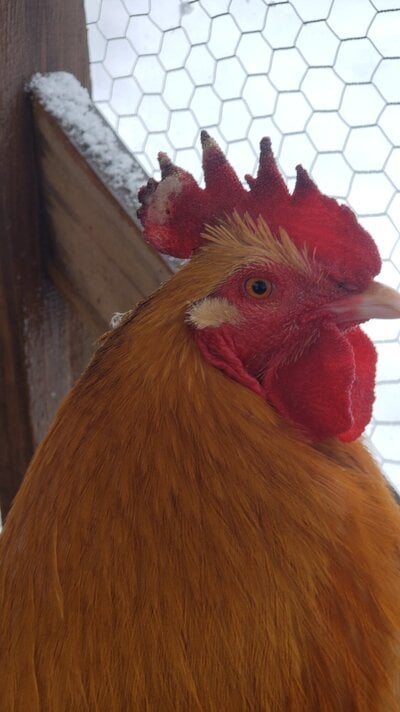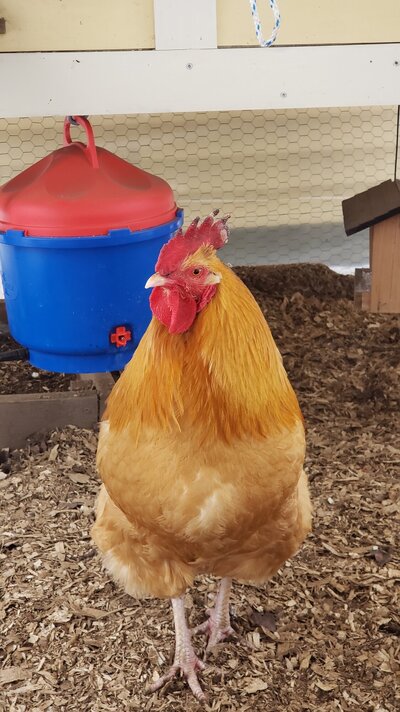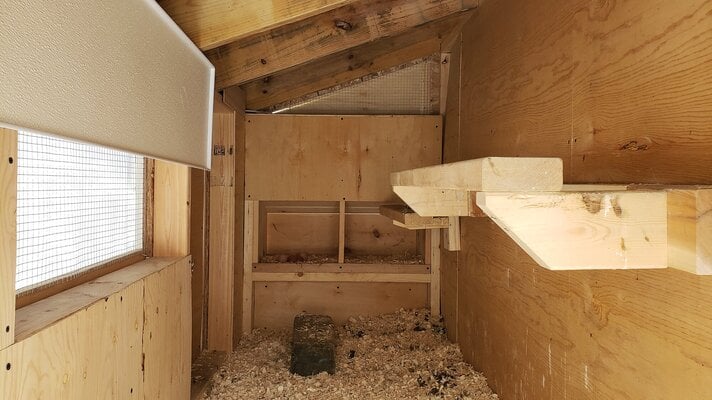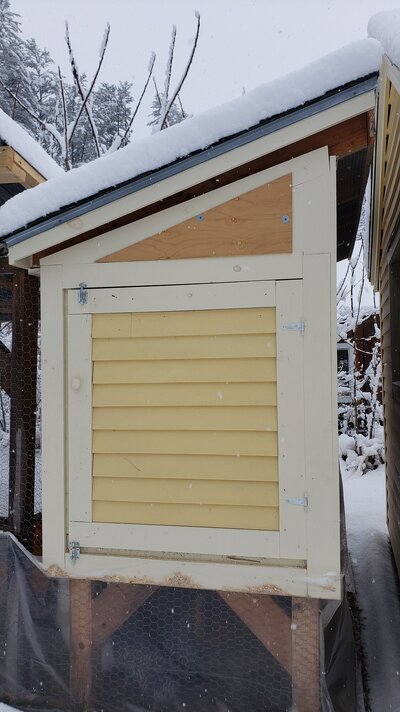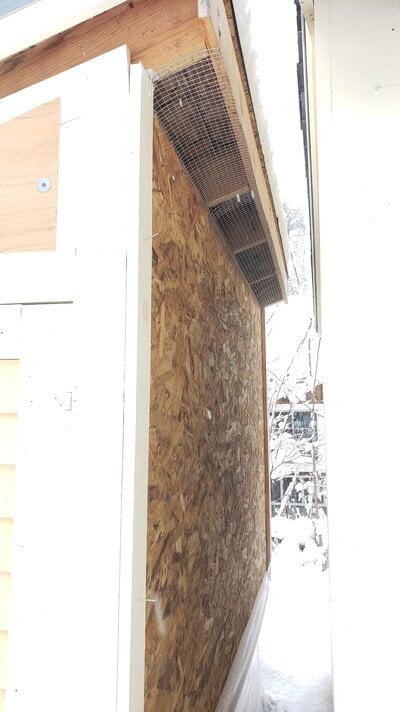allison_waring
In the Brooder
Hi Everyone,
I'm looking for some advice for our 8-month old buff orpington rooster. A few weeks ago we noticed that the tips of his comb were turning black. There was no bleeding involved which made us rule out other forms of injury. It seemed to be getting better and returning to a more red color but over the last couple of days white patches have shown up and there are a few fluid filled blisters towards the back of his comb. We live in central Vermont and have experienced a few cold nights (in the single digits) but nothing that I would consider extremely cold. Despite not being overly cold our best guess is still frostbite. This is our first winter with keeping chickens so we're new to the game. Other than his comb the rooster seems to be doing fine and eating normally. Our hen's combs seem to be doing fine as well (we have 5 total- a mix of buff orpinton, barred rock, and golden comets).
Looking for any suggestions on how to help him heal and prevent further damage. I've attached pictures of his comb and our coop. We thought about ventilation when building it and have the whole back side of the coop ventilated under the eves. We did close off the other vents on the front and sides with plexiglass and plywood in order to keep out direct drafts. We even bought a infrared sweeter heater for colder nights and have been turning that on when it gets into the teens. Although to be fair we didn't have it installed on the first cold night when it got down into the single digits and we first started noticing the black spots. Perhaps he's still recoving from that first exposure?
Any advice you can give to a newby winter chicken keeper would be appreciated.
I'm looking for some advice for our 8-month old buff orpington rooster. A few weeks ago we noticed that the tips of his comb were turning black. There was no bleeding involved which made us rule out other forms of injury. It seemed to be getting better and returning to a more red color but over the last couple of days white patches have shown up and there are a few fluid filled blisters towards the back of his comb. We live in central Vermont and have experienced a few cold nights (in the single digits) but nothing that I would consider extremely cold. Despite not being overly cold our best guess is still frostbite. This is our first winter with keeping chickens so we're new to the game. Other than his comb the rooster seems to be doing fine and eating normally. Our hen's combs seem to be doing fine as well (we have 5 total- a mix of buff orpinton, barred rock, and golden comets).
Looking for any suggestions on how to help him heal and prevent further damage. I've attached pictures of his comb and our coop. We thought about ventilation when building it and have the whole back side of the coop ventilated under the eves. We did close off the other vents on the front and sides with plexiglass and plywood in order to keep out direct drafts. We even bought a infrared sweeter heater for colder nights and have been turning that on when it gets into the teens. Although to be fair we didn't have it installed on the first cold night when it got down into the single digits and we first started noticing the black spots. Perhaps he's still recoving from that first exposure?
Any advice you can give to a newby winter chicken keeper would be appreciated.
Attachments
Last edited:

